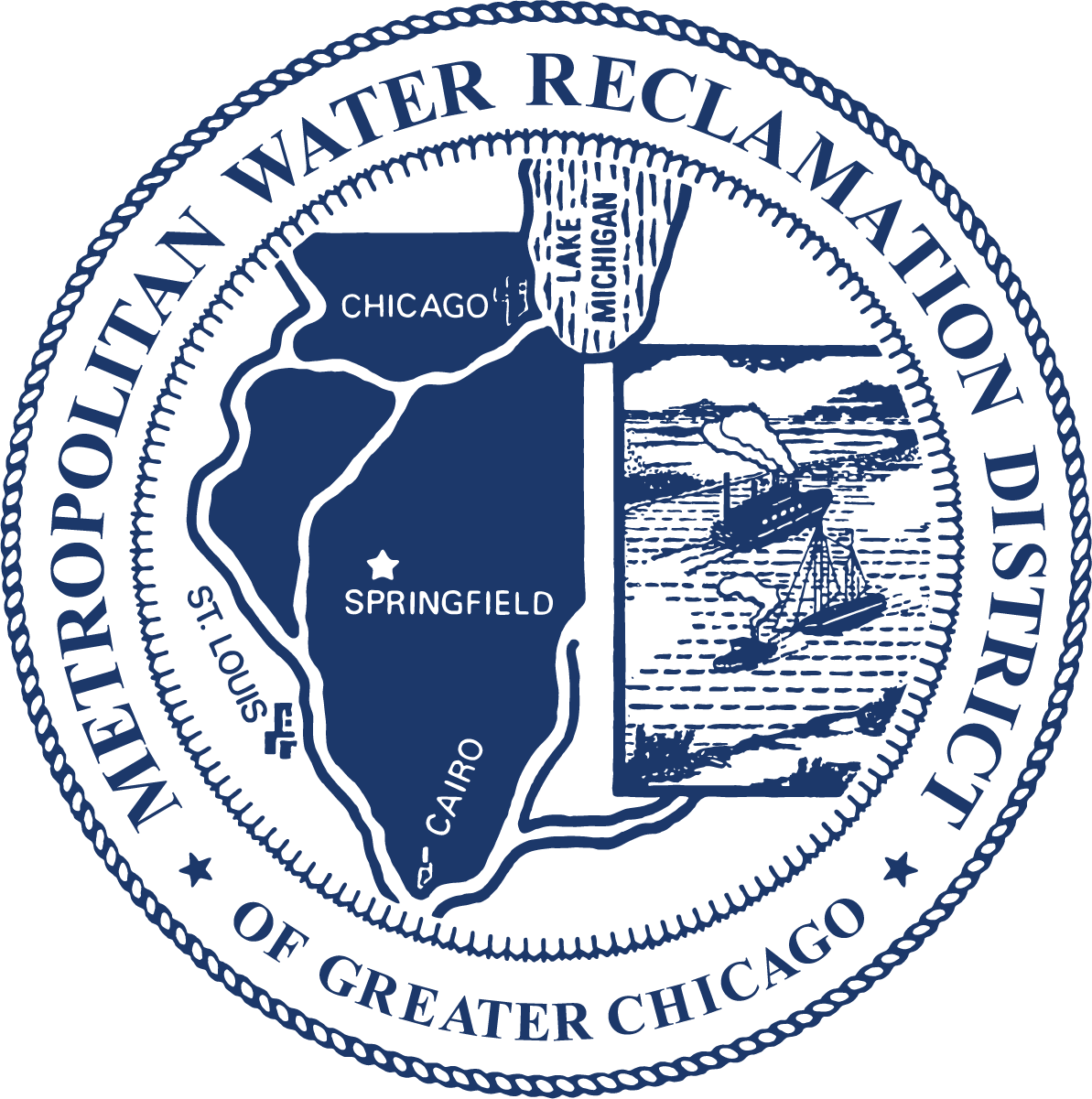More green infrastructure coming to Cook County thanks to MWRD partnerships
More green alleys and parking lots will soon spread throughout Cook County under a Metropolitan Water Reclamation District of Greater Chicago (MWRD) program aiming to capture stormwater where it falls through natural systems and permeable surfaces.

The MWRD Board of Commissioners approved 15 projects that are designed to mitigate flooding through green infrastructure installations. The projects were approved on May 1 through a selection process as part of the MWRD’s annual Green Infrastructure Partnership Program (GIPP). The 15 projects collectively represent a total investment of more than $12.8 million in green infrastructure construction that provides drainage for a combined area of more than 22 acres.
“These 15 green infrastructure projects add to a growing movement across Cook County to collaborate on natural solutions that help manage stormwater, protect water quality, enhance community spaces and educate residents,” said MWRD President Kari K. Steele. “Thank you to the many government partners who applied to our Green Infrastructure Partnership Program and who continue prioritizing flood reduction and clean water.”
Between September 2024 and March 2025, the MWRD solicited green infrastructure project proposals from municipalities, townships, and other governmental agencies. The MWRD’s Engineering Department reviewed each application and prioritized the eligible projects based on a variety of factors, including the total retention capacity, drainage area, project visibility, flooding prevalence, economic factors of the community and whether the project is in a separate or combined sewer area that collects both sanitary and stormwater flow.
In total, the MWRD received 29 pre-applications, of which 21 full applications were submitted. Of those, seven full applications were from majority disproportionately impacted areas (DIAs). DIA communities are defined as low-to-moderate income areas that may be more susceptible to flooding. The MWRD’s 2021-2025 Strategic Plan strives to increase its presence in DIAs by identifying and eliminating barriers to participation. During the application process, the MWRD’s Engineering Department and Environmental Justice Section sought out DIAs in municipalities that had not previously partnered with the MWRD for a green infrastructure project. The MWRD also hosted a webinar and promoted participation throughout Cook County.
Green infrastructure mimics the natural environment by capturing water and allowing it to infiltrate into the ground before it enters the traditional conveyance system. This helps to reduce the amount of water flowing through the gray infrastructure of pipes that can be overwhelmed by intense rain events. These projects can also reduce wet weather flows to combined sewer systems, reduce combined sewer overflows to local waterways, and protect water quality in these vital waterways. Green infrastructure also reduces runoff volumes and improves water quality in separate sewer service areas designed to drain stormwater directly into local waterways.

“From village hall parking lots to green alleys throughout Cook County, these new green infrastructure project selections will improve public spaces and capture more urban runoff to protect our water environment,” said MWRD Commissioner Yumeka Brown. “Through the MWRD’s Green Infrastructure Partnership Program we are bringing more partners on board to build a resilient Chicago region.”
In 2015, the MWRD adopted a Green Infrastructure Plan to increase the acceptance and investment of green infrastructure practices throughout Cook County. Since that time, the MWRD has partnered with dozens of agencies, municipalities and government entities to fund a range of green infrastructure projects. In over 10 years, 123 green infrastructure projects have been constructed. The projects can retain more than 20 million gallons of water each time it rains. In addition, there are 12 additional projects planned for completion in 2025 from previous calls.
Each of the selected projects will require an intergovernmental agreement by the end of 2025 for the projects to be completed in 2026. For a complete list and description of the MWRD’s selected green infrastructure projects, see below:

